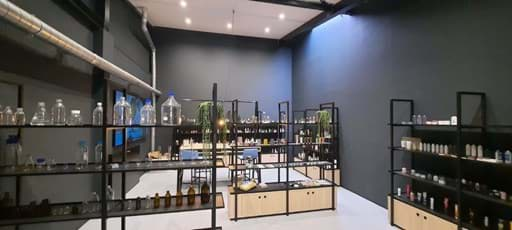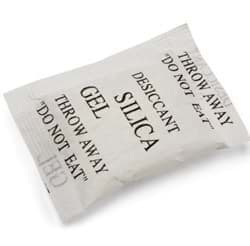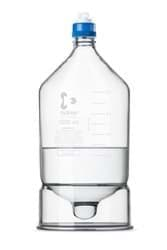Ampoules
Glass ampoules
Ampoule boxes
Chromatography accessories
Vials and micro inserts
Septa and liners
Closures
2 in 1 kit
3 in 1 kit
Autosampler products
HPLC disposable syringes
HPLC syringe filters
Rack, block and storage
Crimping tools
Decapping tools
Crimp stations
Other products
Caps and closures
Rubber stoppers
Crimp seals
Screw caps
Dosage caps
Snap-on closures
Sanodroppers
Shrink sleeves
Desiccants
Silica gel packets
Desiccant cartridges
Vials
Sterile injection vials
Injection vials
Infusion vials
Plasma vials
Aerosol vials
Tablet vials
Glass vials
Plastic vials
Bottles
Infusion bottles
Syrups bottles
Dropper bottles
Spray bottles
Diagnostic bottles
Baby bottles
Glass bottles
Plastic bottles
Laboratory glass
Laboratrory glass bottles
Boiling flask
Erlenmeyer flask
Volumetric glassware
Interchangeable glassware
Glass filtration
Desiccators
Microbiology glassware
Glass blowing supplies
Tools
Crimping tools
Decapper tools
Crimp stations
Syringe
Pipette
Volumetric pipette
Measuring pipettes
Pipette teats
Jars and containers
Tablet containers
Glass jars and containers
Plastic jars and containers
Reconstitution and drug transfer
Vial Adapter™
Swabable Vial Adapter™
Vented Vial Adapter™
Mix2Vial®
Vial2Bag Advanced®
MixJect®
Sterile
Sterile Vials
Sterile Rubber stoppers
Sterile Crimp seals
Sterile Reconstitution
APG Pack












